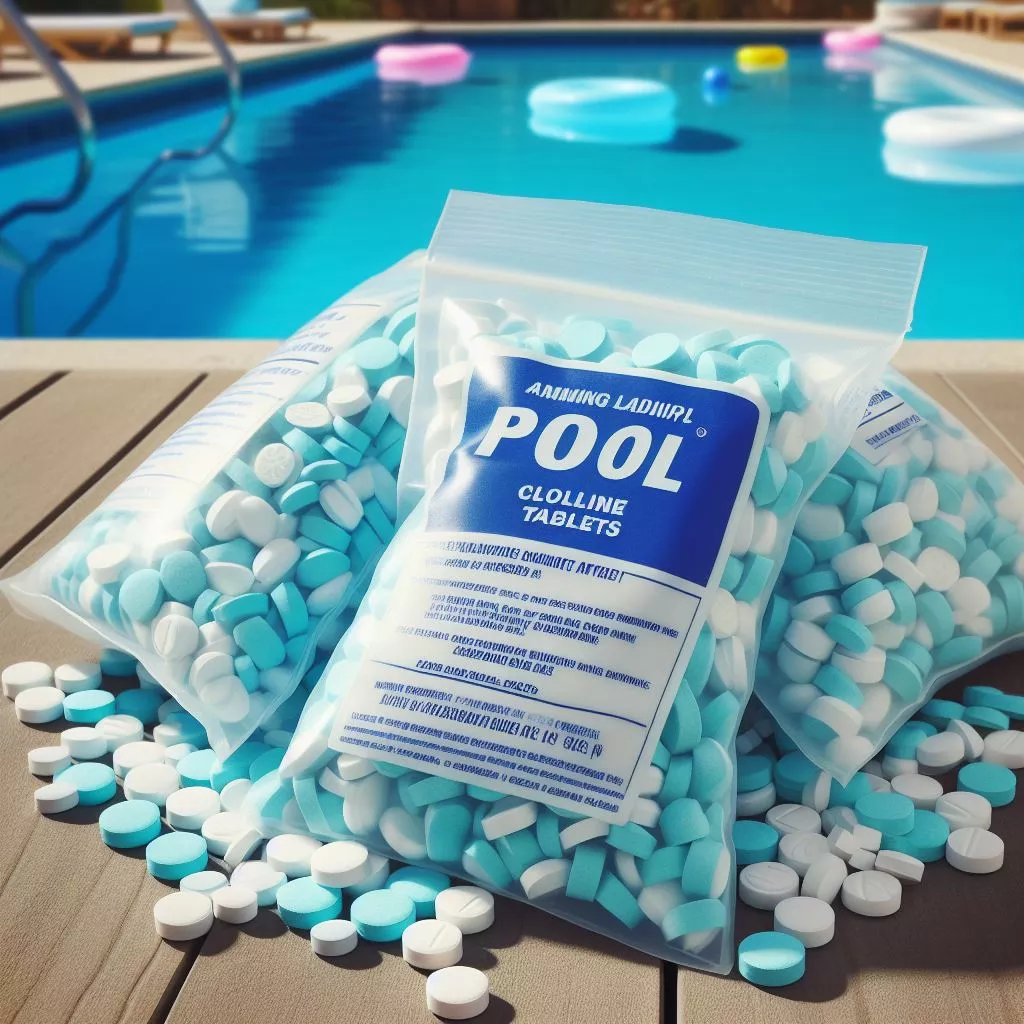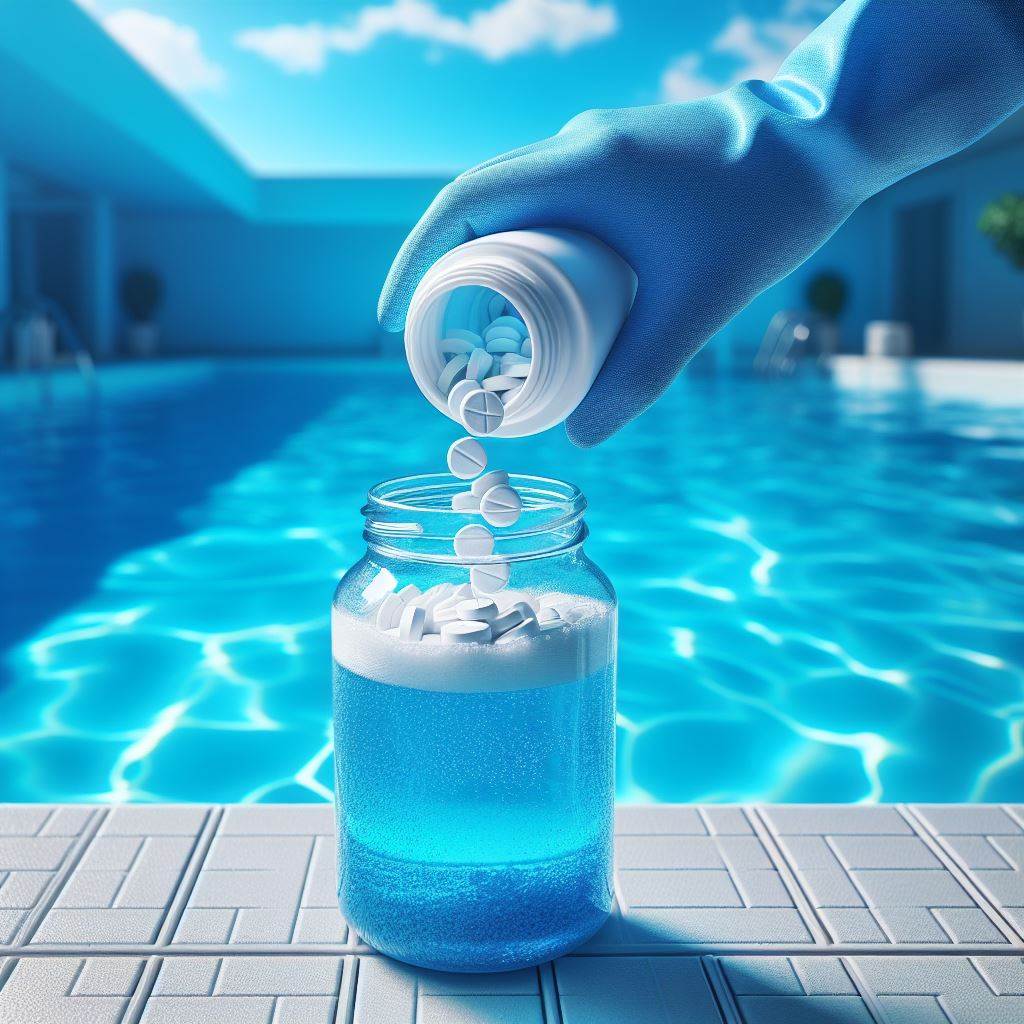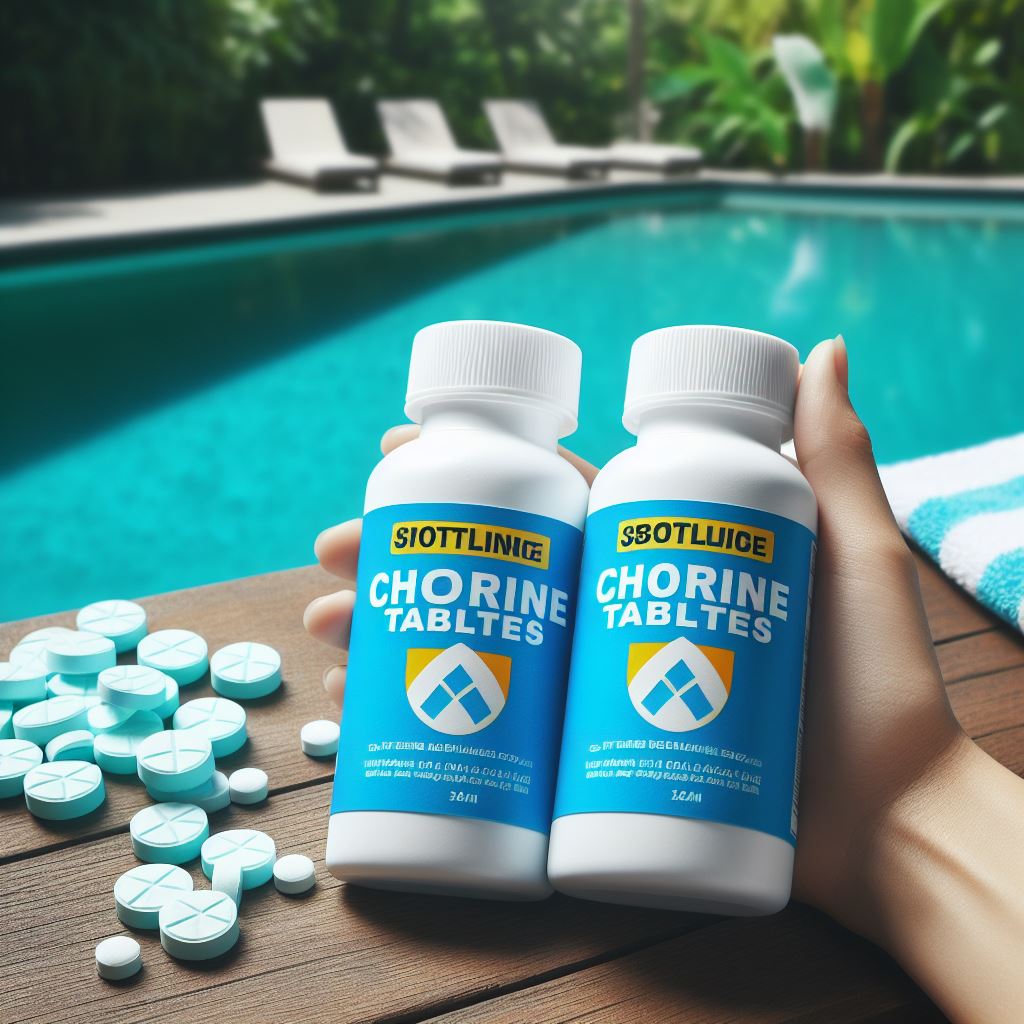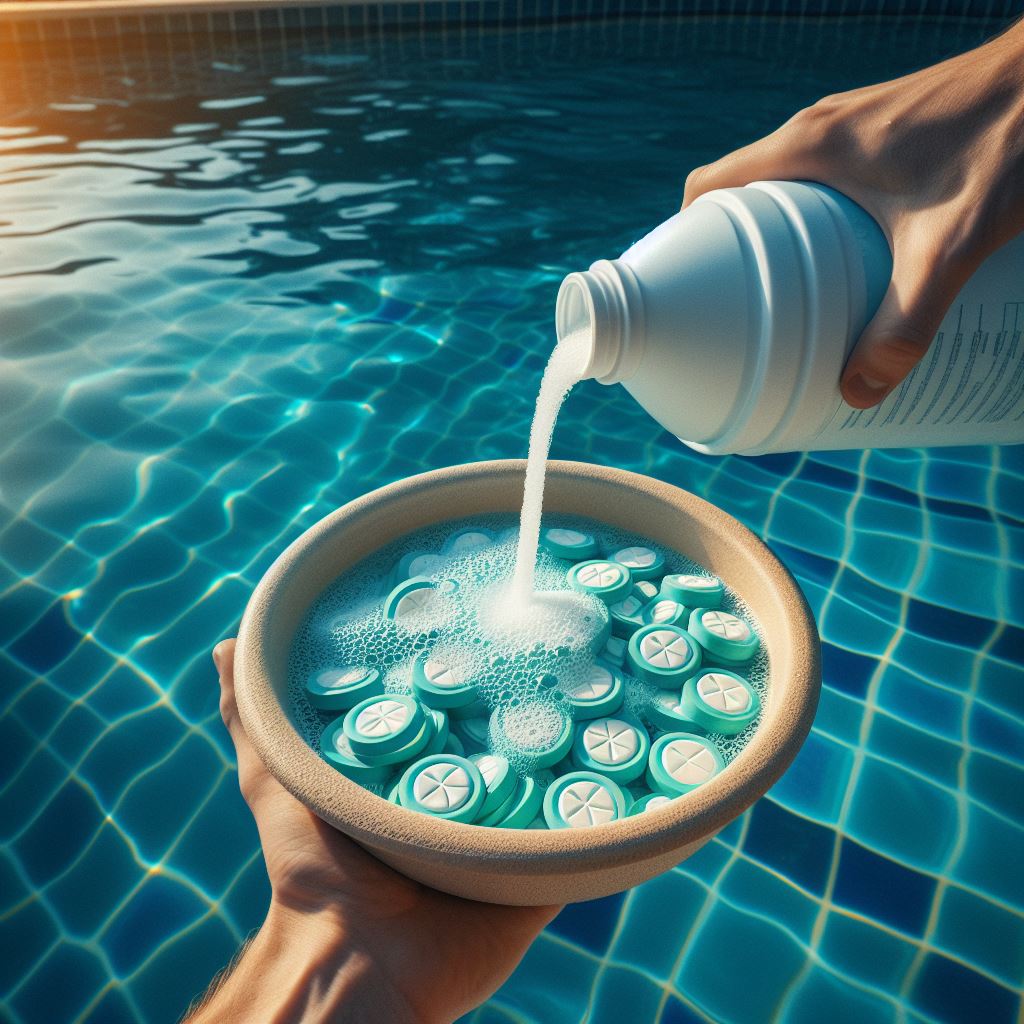Low-Cost Solutions for Home Pool Chlorine Shortages
For decades, chlorine has been the cornerstone of pool sanitation, effectively preventing the growth of algae and eliminating harmful pathogens such as bacteria. Chlorine is used in various forms, including tablets, granules, and liquid, each offering unique benefits in terms of ease of use and cost-efficiency. However, the year 2024 has witnessed a troubling rise in the cost of chlorine tablets and other chlorine products. This surge in prices can be attributed to a combination of production issues, increased global demand, and market dynamics, leaving many pool owners searching for affordable and effective alternatives.
Detailed Causes of the 2024 Chlorine Shortage
The shortage of chlorine tablets in 2024 is not a sudden occurrence but rather the result of several compounding factors:
Production Disruptions
Key production facilities have experienced significant disruptions, including fires and mechanical failures, which have severely impacted the supply chain. Notably, a major chlorine production plant in Louisiana was shut down temporarily due to a fire, drastically reducing the national output.
Increased Global Demand
The post-pandemic era has seen a heightened awareness of hygiene, leading to an increased global demand for chlorine-based products, not just for pools but for general disinfection purposes. This surge has strained the already limited supplies.
Trade Restrictions
Trade policies and international tensions have also played a role. Tariffs on chemical imports and exports have further tightened the availability of chlorine, affecting the cost and availability of chlorine tablets in markets worldwide.

Low-Cost Solutions for Home Pool Chlorine Shortage
In response to the soaring costs of traditional chlorine tablets, pool owners can consider several innovative and cost-effective alternatives:
Saltwater Systems
Transitioning to a saltwater pool system can minimize the dependency on chlorine tablets. Although the initial setup for a salt chlorine generator is higher, the running costs are generally lower, and it reduces the harsh effects of traditional chlorine.
UV Pool Sanitation
UV pool sanitation systems use ultraviolet light to neutralize pathogens and algae. This technology allows for a significant reduction in chlorine usage, extending the life of any chlorine that is used and diminishing overall costs.
Solar Pool Ionizers
These devices use solar energy to disperse ions that effectively combat algae and bacteria. A solar pool ionizer can decrease the need for chlorine tablets by up to 85%, offering substantial savings over time.
Hydrogen Peroxide
As an alternative to chlorine, hydrogen peroxide offers a less irritating solution for swimmers. It’s effective for controlling algae and maintaining water clarity, although it might require more frequent application.
Pool Covers
Investing in a good-quality pool cover helps reduce evaporation and the proliferation of algae, thus lowering the demand for chlorine. This simple step can lead to significant chemical savings.
Baking Soda
Using baking soda to maintain the pH balance can enhance the efficiency of existing chlorine, reducing the total amount needed to keep the pool clean and safe.
Additional Cost-Saving Strategies
Regular Pool Maintenance
Keeping the pool clean through regular maintenance such as vacuuming and scrubbing can prevent algae buildup and reduce the overall need for chlorine.
Buy in Bulk
Purchasing chlorine tablets in bulk during off-peak seasons can also offer cost savings. Retailers often provide discounts for large purchases, such as 50 lbs of chlorine tablets or bucket of chlorine tablets.
Shop Sales and Discounts
Keeping an eye on sales and promotions at local or online stores can lead to good deals on chlorine products. Stores like Walmart, Sam’s Club, and Costco often have seasonal discounts.
Conclusion
The rising cost of chlorine tablets has undeniably impacted pool owners worldwide, prompting a shift towards more sustainable and economical pool maintenance solutions. By exploring alternatives and integrating cost-effective strategies such as UV sanitation and solar ionization, homeowners can effectively manage their pools without relying solely on traditional chlorine products. These strategies not only mitigate the impact of the current chlorine shortage but also pave the way for a more sustainable approach to pool care in the future.


